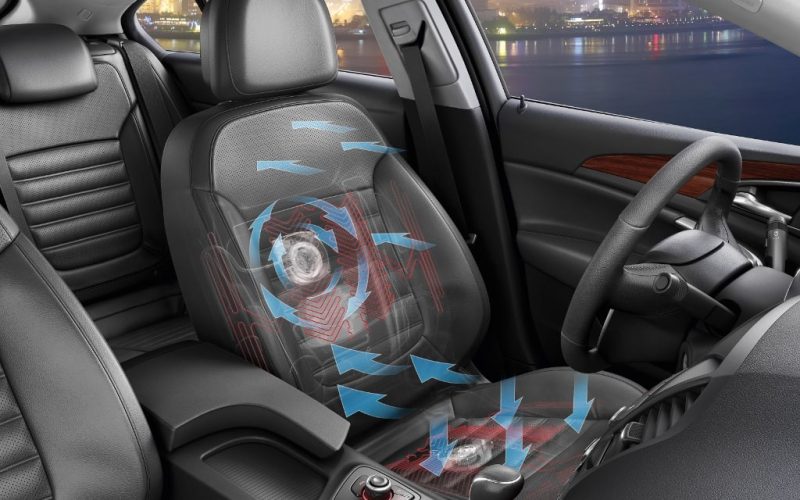High heat can dry out leather. It can crack too. Freezing temperatures can make some materials brittle. High humidity causes mold and mildew on fabric seats. It can also weaken adhesives in stitched seams. Dry climates can make fabrics stiff. They can also fade. Shops that offer Auto Repair in Cranston, RI understand how climate impacts interiors and can help with proper seat care. Know how your local climate impacts your car seats. This helps you plan for maintenance and repairs.
The Consequences of Heat and Sun Exposure
Sunlight and heat can damage car seats. This happens over time. It is a major cause of wear and tear. UV rays damage leather and synthetic materials. They break chemical bonds. This causes colors to fade. Surfaces dry out and crack. Heat speeds up the breakdown of foam padding. This causes loss of support. It also leads to more wear. Leather seats can suffer. They lose natural oils. They become brittle over time. Repair shops often get more requests for reconditioning services. They also see a rise in leather restorations and panel repairs. This happens in hotter areas with strong sun exposure.
Humidity and Moisture’s Role in Seat Damage
Humidity and moisture can damage seats. This can lead to wear and tear. It is important to control these factors. High humidity helps moisture get into seat fabrics and padding. This often leads to mold and mildew growth. This damages the upholstery. It can also cause bad odors. These odors are hard to remove. Moisture can cause corrosion. This affects metal parts in the seat. It may lead to mechanical failures. Dampness on leather seats can cause swelling. It can also soften the material too much. This weakens the leather. Repair professionals often suggest deep cleaning. They also recommend using moisture barriers or seat covers. This helps in humid climates.
Repair Challenges Based on Material and Climate
Materials react differently to climate stressors. This affects how technicians do repairs. In hot, dry areas, leather repairs often use conditioning treatments. These help restore flexibility and prevent cracking. In humid climates, experts focus on cleaning. They remove mold and seal surfaces. This protects leather. Fabric seats in dry areas may need dye treatments. This helps with fading. In moist areas, repairs often include odor removal. They may also need anti-microbial treatments. This method fits the climate. It helps repairs last longer. It also protects the vehicle’s interior.
Conclusion
Preventing damage is the best way to protect car seats from climate effects. UV-protective window tints help. Parking in shaded areas works too. Using sunshades can cut down on sun damage. Use leather conditioners or fabric protectants often. They help keep materials soft. Adapting care routines to local climate helps. Vehicle owners can extend the life of their car seats. They can also improve their appearance.

